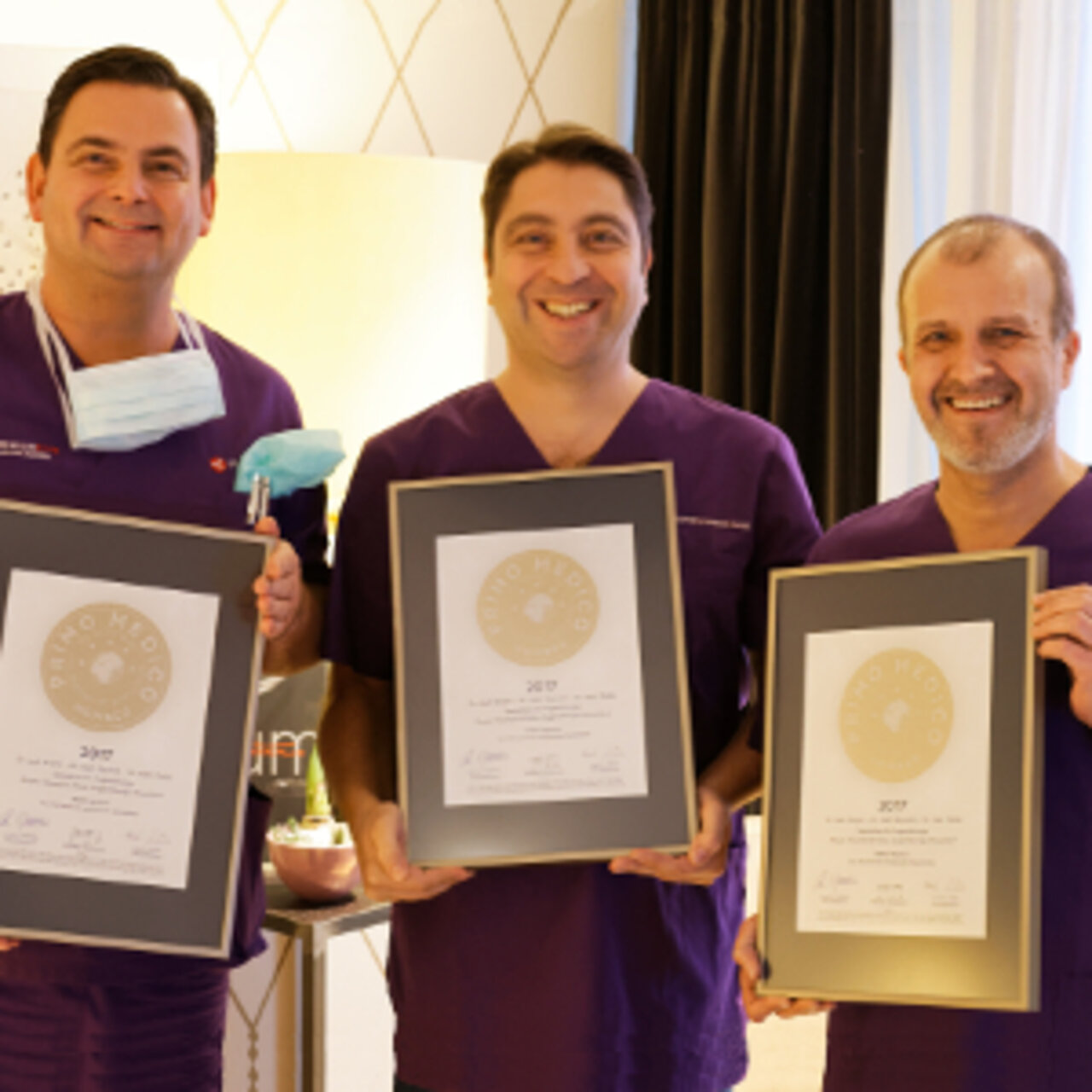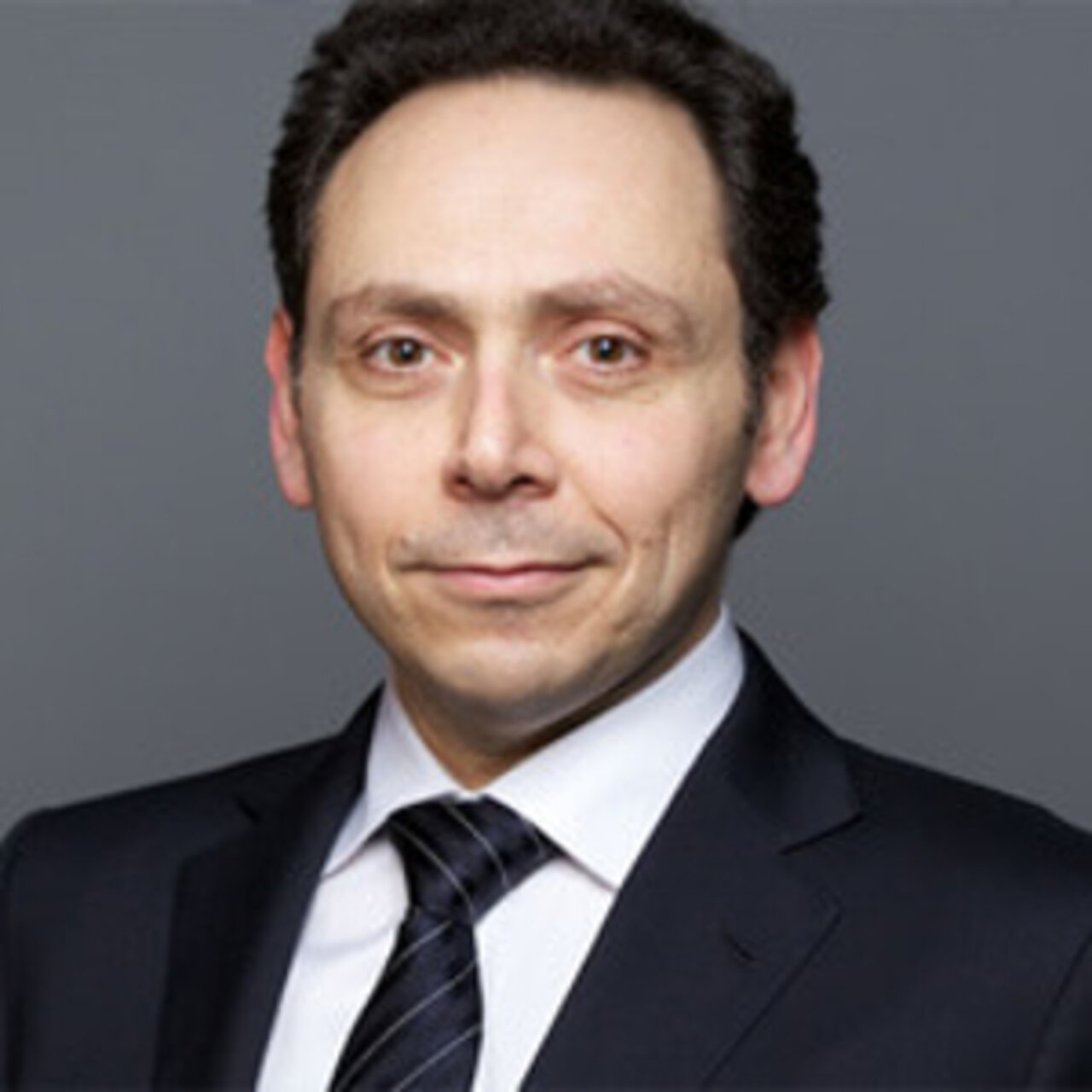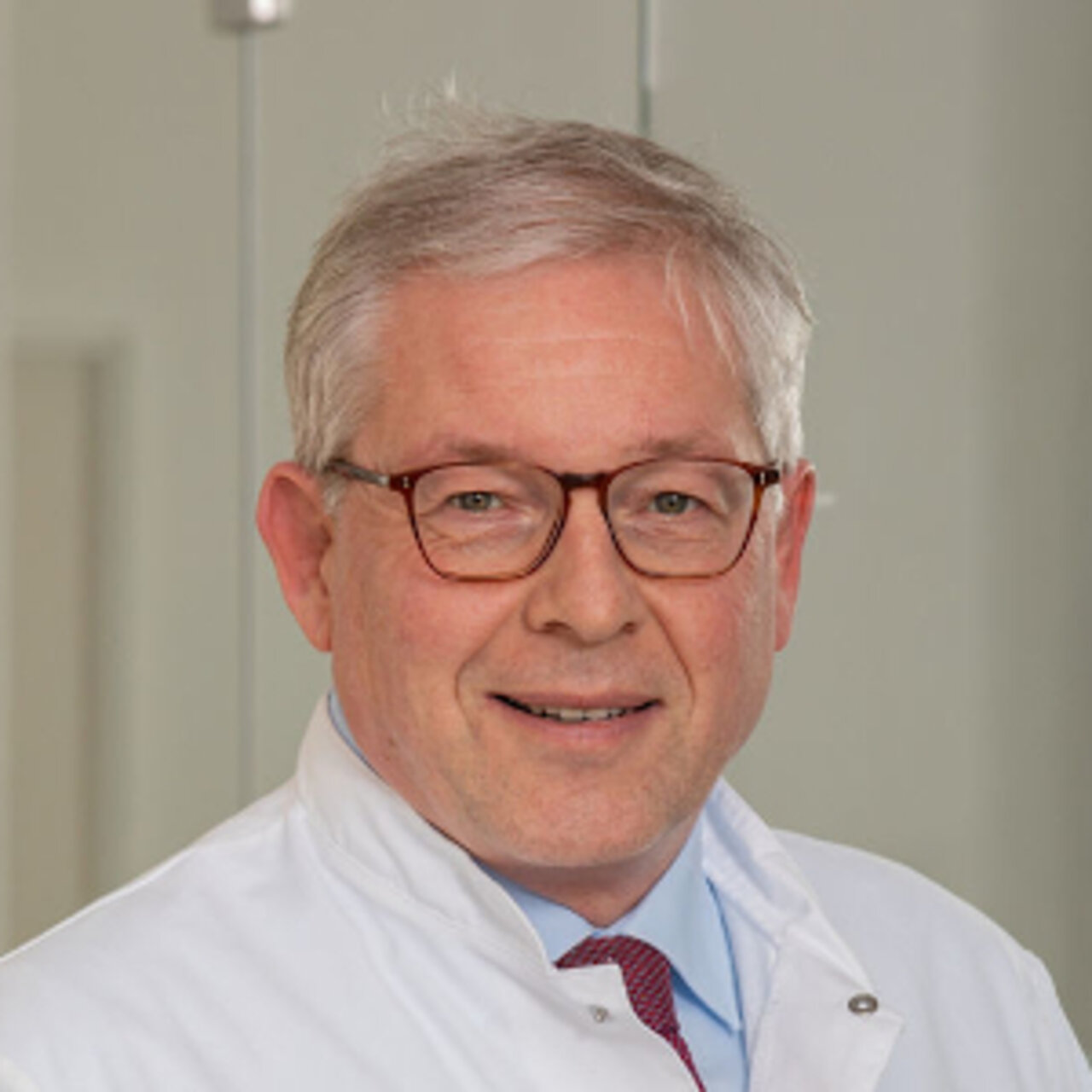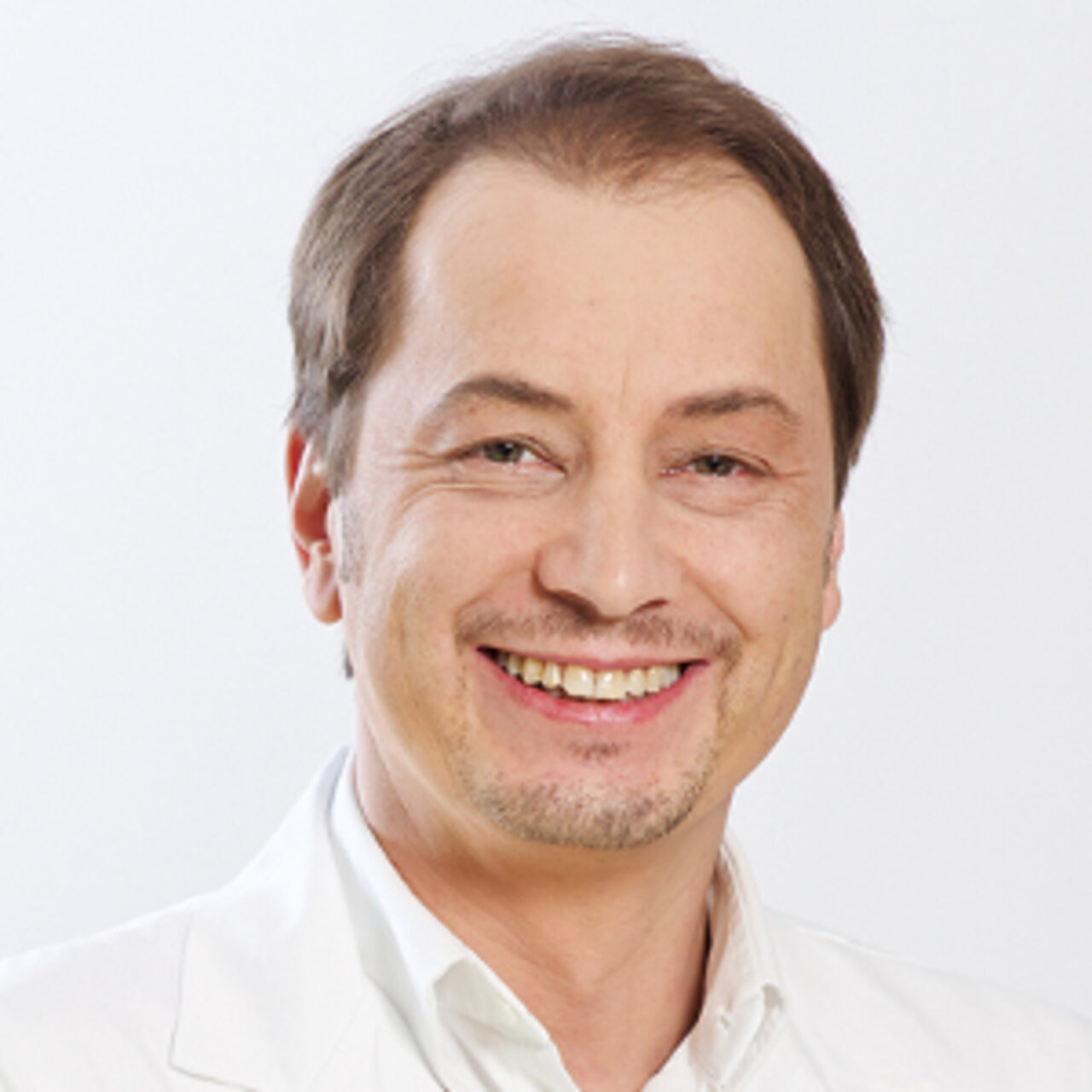Specialists in Eyelid surgery
5 Specialists found
Information About the Field of Eyelid surgery
2>Eyelid Surgery </h2> <h2>Which Eyelid Surgeries Are Available?</h2>
A distinction is made between medical and aesthetic eyelid surgeries. The first mentioned ones are corrections of malformations that affect the health of the patients. Cosmetic eyelid surgery corrects eyelids that do not meet the ideal of beauty. At an older age, changes occur in the upper and lower eyelid, e.g., in the form of slackening of skin, muscles, and connective tissue, which can be perceived as disturbing or not aesthetic. Besides, it is differentiated between surgeries on the upper and lower eyelid.
<h2>Medical eyelid surgery</h2>
The medical correction of eyelid malpositions is necessary for health reasons and not only of a cosmetic nature. The following problems are most frequently corrected:
- Rolling in of the lower eyelid (entropion)
- Rolling out the lower lid (ectropion)
- Tears due to dislocation of the lacrimal punctum
- Dry eye
- Pathological drooping of the upper eyelid due to muscle weakness or tendon disease
If the entropion is minor, it is possible to fix the eyelid with a so-called lateral strip procedure. This small procedure can be carried out by an ophthalmologist. In chronic or more developed cases, eyelid surgery is necessary, where the eyelid is shortened by removing muscle and connective tissue. The lower eyelid is pulled outwards, and the inward sweep is corrected. Surgery of ectropion works very similarly. The upper eyelid is tightened so that the eyelid is attached to the eyeball again.
The dry eye is a common clinical picture and manifests by a foreign body sensation, burning, dripping tears, and red eyes. If supportive measures such as eye-drops no longer provide sufficient relief, the lacrimal punctum can be plugged in a small surgery. As a result, less tear fluid drains and remains in the eye for moistening. On the other hand, relocation of the tear duct can lead to a constantly watery eye. In this case, the duct must be probed by inserting a thin plastic wire from the inner corner of the eye through the duct to the nasal cavity. The wire remains there for a few days to prevent growing back together.
<h2>Aesthetic eyelid surgery</h2>
The receding eyelid is most frequently operated on in the upper eyelid. The natural slackening of the skin in the eyelid leads to a tired and bored look, which can be perceived as unattractive in the initial stages and can lead to social misunderstandings in the further course, as the facial expression is misinterpreted. Besides, the drooping eyelid can also restrict the field of vision. The surgical correction is called blepharoplasty and is carried out in an outpatient setting. Only local anesthesia is required for the 30 to 90-minute treatment. Patients can, of course, be put into half-sleep or general anesthesia if desired. A fine incision is made in the eyelid crease, and from there, excess fatty tissue and skin tissue is removed during the surgery. Through this incision, the remaining scar will be barely or not at all visible if the eye is open. If there are asymmetrical eyelid wrinkles or eyelids, these can be compensated in the same session by different amounts of tissue being removed.
On the lower eyelid, mainly wrinkles, so-called crow's feet, and noticeable bags under the eyes are operated on. These are also age-related phenomena of the skin due to the weakness of the connective tissue. Small fat pads can cause the bags under the eyes and lead to a tired and exhausted look. A lower eyelid lift can help. This procedure is carried out under local anesthesia in an outpatient setting and takes about 1-2 hours. During this procedure, excess connective tissue and fatty tissue are removed from the area, and the skin is tightened.
<h2>When Does Eyelid Surgery Become Necessary?</h2>
If there are problems with the eye, such as redness, swelling, dryness, foreign body sensation, restricted visual field, etc., conservative methods are tried first. These include eye drops, eye ointments, contact lenses, and similar. If these methods cannot be used for eyelid surgery, it is necessary to discuss in advance with the patient what expectations can be fulfilled and how the use of these methods will be weighed against the result.
<h2>Which Doctors Are Specialists for Eyelid Surgery in Germany, Austria, and Switzerland?</h2>
Eyelid surgery is carried out by specialists for plastic and aesthetic surgery. Specialists in ophthalmology and maxillofacial surgery can also specialize in eye surgery.
Sources :
- Müller: Chirurgie (2014/15). 11. Auflage. Medizinische Verlags- und Informationsdienste 2011, ISBN 3-929-85110-5.
- Siewert: Chirurgie. 8. Auflage. Springer 2006, ISBN 978-3-540-30450-0.
- Grehn: Augenheilkunde. 29. Auflage. Springer 2005, ISBN 3-540-25699-7.
- Lang et al.: Augenheilkunde. 4. Auflage. Thieme 2008, ISBN 978-3-131-02834-1.




